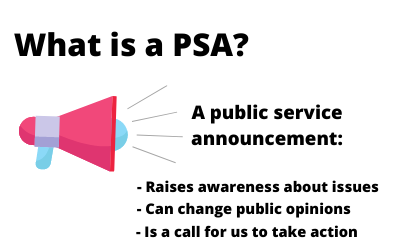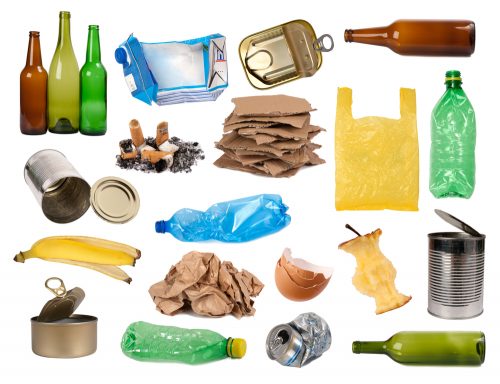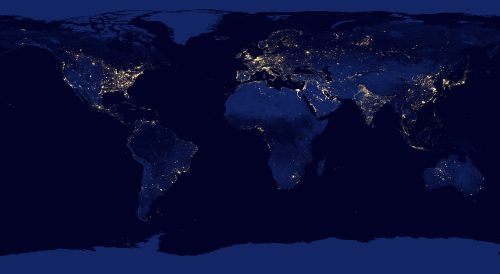This year we celebrated the 50th anniversary of Earth Day. Earth Day was created, in part, to raise public awareness of pollution. While pollution of all types can be found almost everywhere, almost everyone can help reduce it.
When you hear the word “pollution” what type of pollution do you think about? Water pollution? Air pollution? There are five types of pollution, each affecting our lives in different ways. Knowing the characteristics of each type of pollution and what you can do to reduce the amounts can make a positive difference.
These enrichments accompany Activity 36, Pollution Search, found in Project Learning Tree’s PreK-8 Environmental Education Activity Guide. Be sure to check out the full activity!
Essential Question: What is pollution and how does its many types affect our lives and our communities?
Task: Identify opportunities and implement solutions to reduce the amount of pollution that you produce each day. Remember to consider all five types: land, water, air, light, and noise.
NGSS Connections:
- MS-ESS3-3. Earth and Human Activity – Apply scientific principles to design a method for monitoring and minimizing a human impact on the environment.
- MS-ESS3-4. Earth and Human Activity – Construct an argument supported by evidence for how increases in human population and per-capita consumption of natural resources impact Earth’s systems.
- MS: Science and Engineering Practices, Developing and Using Models – Develop a model to generate data to test ideas about designed systems, including those representing inputs and outputs.
STEM Strategies
Science
When we learn any new subject such as math, chemistry, or history, we must learn new words and build our vocabulary. The science of pollution uses many words that you most likely do not use every day when talking with your friends and family.
Use this encyclopedic entry on pollution from National Geographic to identify new vocabulary words and expand your ability to speak about it. Armed with new pollution knowledge and vocabulary, you are now ready to investigate the five types of pollution.
Find the definition for each type of pollution (water, air, light, land, and noise) and then find a green career related to it. For example, a climatologist studies the Earth’s climate and air pollution affects our atmosphere. The International Night Sky Association examines the environmental consequences that the excessive use of artificial light, or light pollution, can have on humans, wildlife, and climate. Geographic Information Systems (GIS) specialists can work with light pollution data to create graphs and maps to inform the public and decision-makers and inspire corrective action.

Technology
Advertising and social media can be leveraged as powerful tools to promote new products and personal ideas. Select a type of pollution (land, water, air, noise, light) and create a public service announcement (PSA) that demonstrates your ideas about ways to reduce, confront, or combat it.
Use the prompt, “What can you do to help our planet?” and create a PSA approximately 30 seconds in length. Help spread the word by posting your PSA to Project Learning Tree’s social media platforms; you can find us on Facebook, Twitter, YouTube, Pinterest, and more.
Engineering
Pollution solutions can begin with a single person with a single idea. Learn about Seabins, one person’s solution to water pollution. Do you have ideas to manage pollution in your community? The Environmental Protection Agency’s Reduce, Reuse, Recycle resources provide some helpful ideas to get you started. Apply the Engineering Design Process to create a solution to a pollution problem in your community. Think about how your community pollution issue is related to global issues by exploring the 17 Sustainable Development Goals as defined by the United Nations.

Math
Municipal Solid Waste (MSW) is what we conversationally categorize as “trash” or “garbage.” It is largely comprised of household wastes but does not include construction, hazardous, or industrial waste products. The amount of MSW produced in the United States each year continues to increase. The EPA estimates that every person generates about 4.5 pounds (2 kilograms) of MSW every day.
Imagine that you have been asked to help your state determine what to do with its accumulating MSW, but the total amount of waste remains uncertain. You must investigate the total MSW generated in your state per day, per month (30 days), and per year (365 days), in total number of pounds:
- First, use population data to determine the approximate number of people in your state.
- Next, multiply the population of your state by 4.5 to calculate the total number of pounds of MSW produced each day.
- Next, calculate the total pounds of MSW produced in your state each month (multiply by 30) and each year (multiply by 365).
- What if 25% of the daily MSW output was recycled and 10% was composted? This would eliminate 35% of the daily MSW output from the waste stream. What is your state’s new daily output? How do these actions reduce the per-person output?

Additional Resources
Don’t have PLT’s PreK-8 Environmental Education Activity Guide?
- Purchase a print guide or e-book, available from PLT.org, Amazon and other places where books are sold.
- Get it through your PLT State Coordinator along with hands-on professional development, alignments to state standards and other state-specific supporting resources.
Don’t consider yourself a formal teacher?
- Check out PLT’s Nature Activities for Families. We have 40+ nature activities for families that can be easily used by parents, grandparents, youth group leaders, nature centers, and other nonformal programs.




